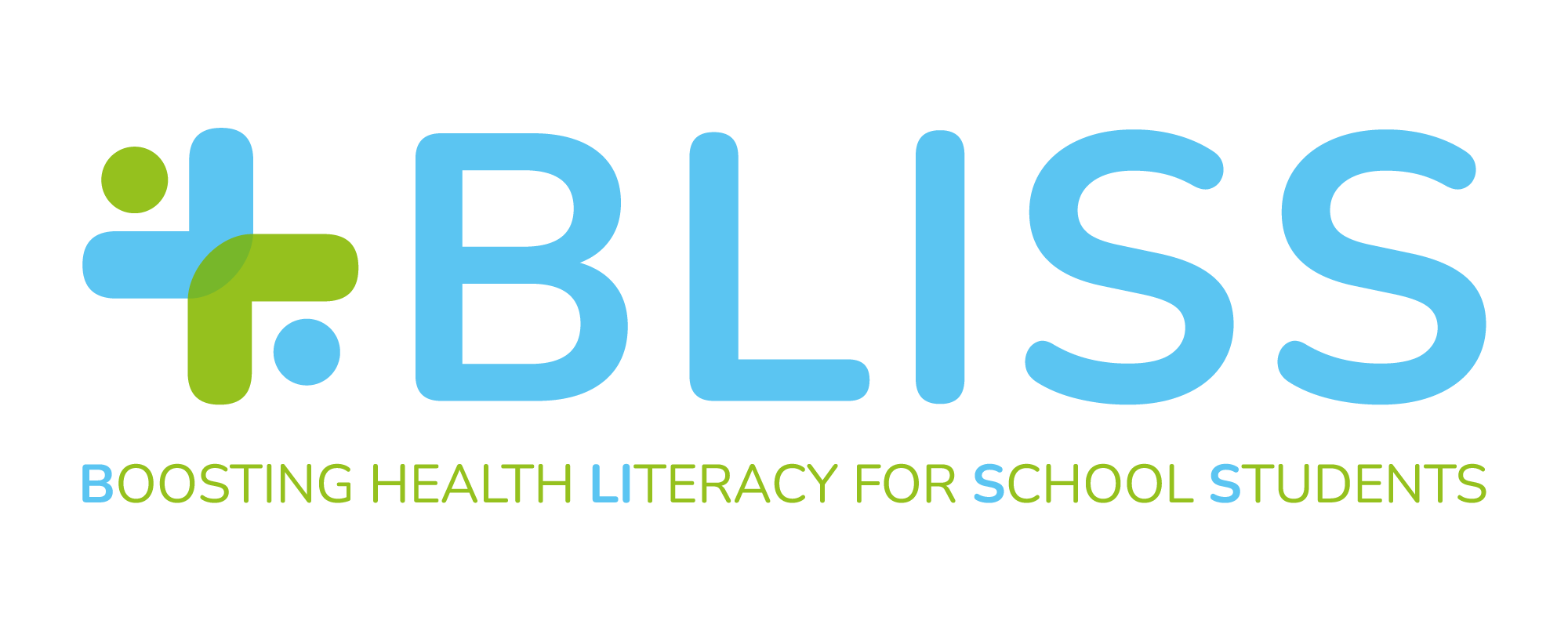2. Be able to structure training interventions in order to raise students' awareness of privacy and data protection in consideration of health information and health services.
Description
- Twelve simple things you can do to be more secure online.
- European Digital Identity - Questions and Answers.
- Protecting learners' privacy and security.
- What is PHI (Protected Health Information)?
- Protecting the privacy and security of your health information when using your personal cell phone or tablet.
- Privacy in the age of AI: risks, challenges, and solutions.
- Five ways to protect your digital identity.
- Seven things you should never do on the internet.
- The EU Cybersecurity Act.
- Protecting Personal Privacy.
- Digital footprint - Active and Passive.
1. 12 Simple Things You Can Do to Be More Secure Online
The document outlines the ways to protect one's own devices and content generated online.
2. a) European Digital Identity – Questions and Answers, b) Protecting learners’ privacy and security, c) What is PHI (Protected Health Information)?, d) Protecting the Privacy and Security of Your Health Information When Using Your Personal Cell Phone or Tablet, e) Privacy in the age of AI: risks, challenges and solutions.
Information on security measures and policies to protect one's own data and on managing a digital identity.
3) a) 5 ways to protect your digital identity, b) 7 things you should never do on the internet, c) The EU Cybersecurity Act, d) Protecting Personal Privacy, e) Digital footprint - active and passive.
a) Protect personal data online, including setting strong passwords, enabling two-factor authentication, and recognizing phishing attempts.
b) Internet safety rules and what not to do online.
c) Online safety laws and regulations.
d) Internet safety
e) Digital footprint-active and passive.

